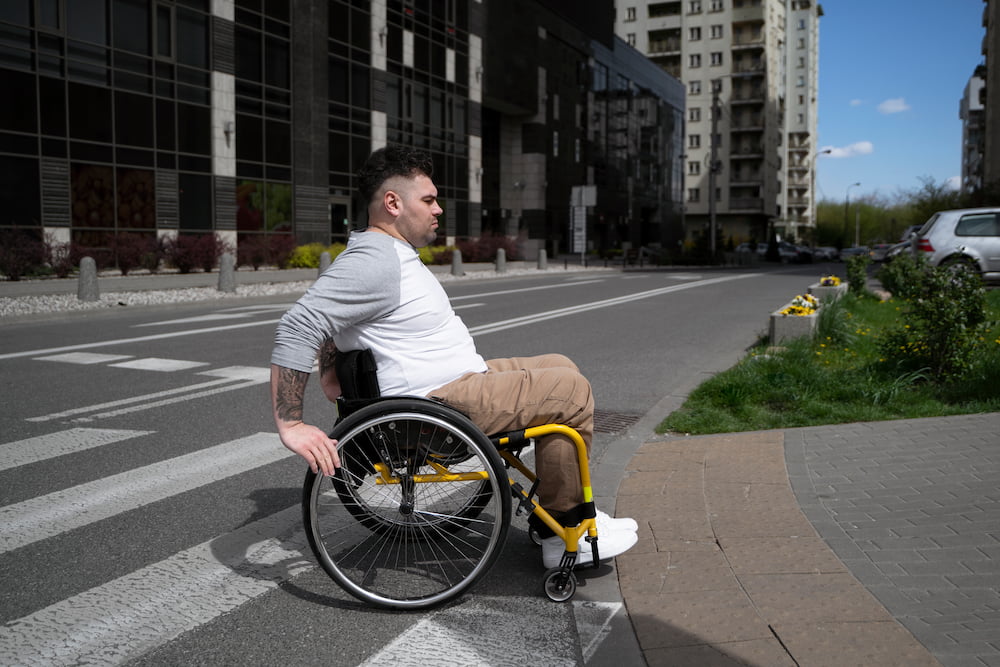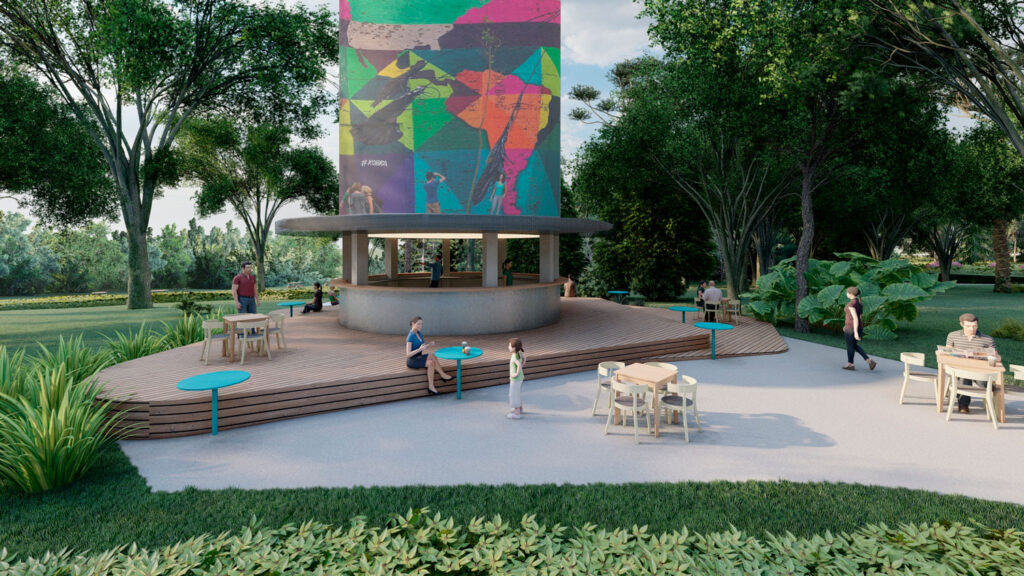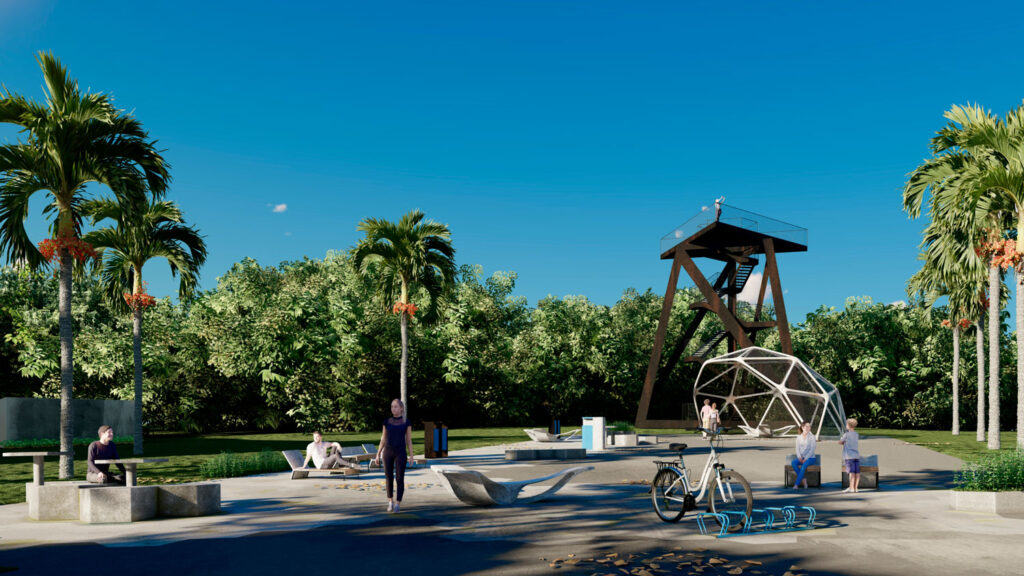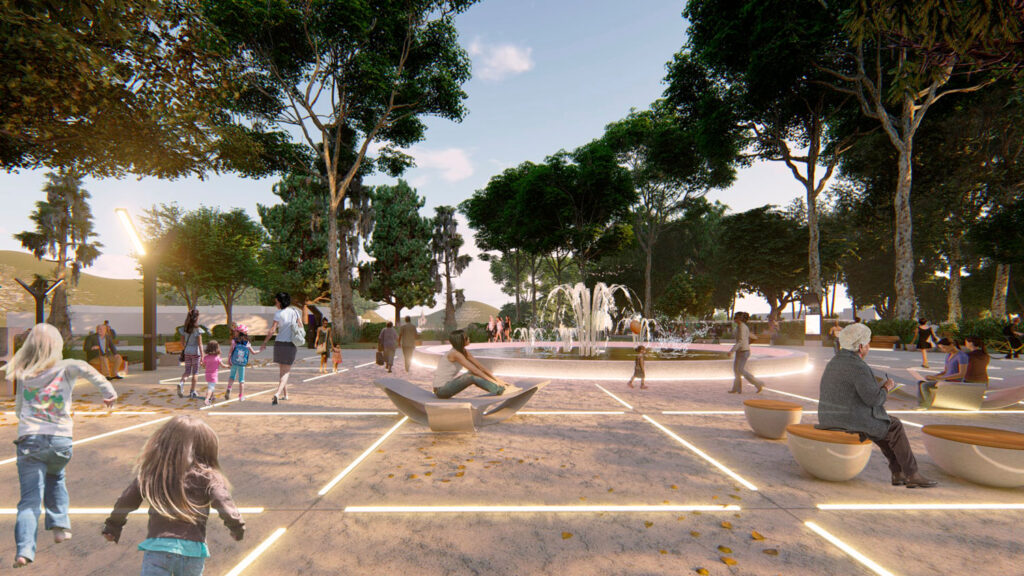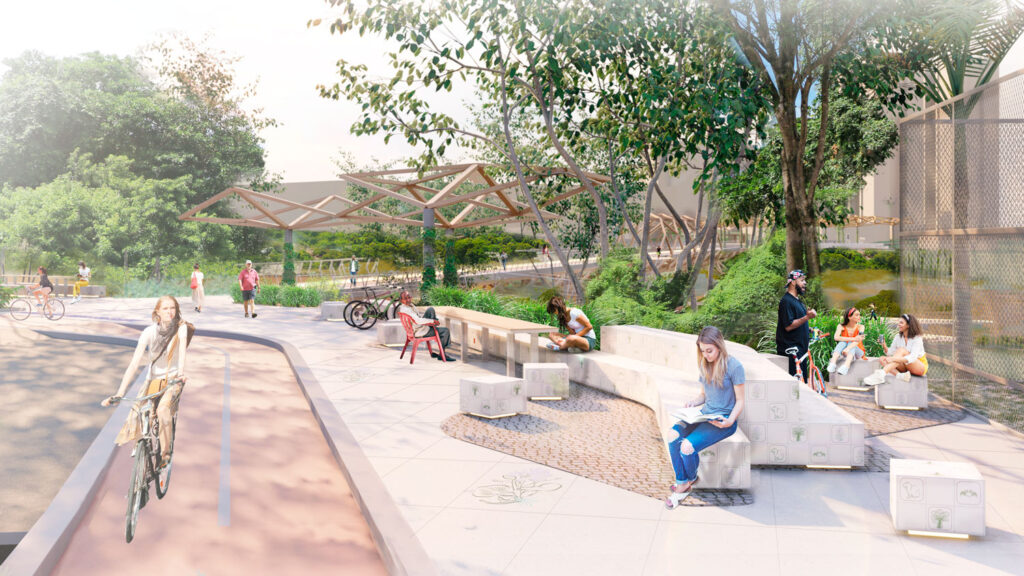According to the result of the last closed census, in 2010, almost 25% of the Brazilian population indicated that they have some type of difficulty in the skills that were consulted, such as climbing steps, hearing, moving around and seeing.
This is equivalent to around 46 million people, without considering the passage of more than 10 years since this survey, which leaves room for an even higher number of people who face barriers every day in cities.
With this, the need to plan accessible cities is latent – but how to do this and what does an accessible city mean? Check the article and understand!
What are accessible cities?
An accessible city is designed and developed to facilitate the mobility of all people, stimulating a healthy and positive interaction and integration between the population and the urban environment.
In this sense, it is a city that is more inviting to everyone, and not just to a part of the people, with the objective of raising the quality of life and well-being of citizens and ensuring access to fundamental rights guaranteed in the Federal Constitution, such as access to to work, health, education and leisure.
Within this, it is worth mentioning that accessible cities must contemplate everyone. It is important to stress this because accessibility ranges from wheelchair users and visually impaired people to the elderly, children and other people who, for whatever reason, have difficulty hearing, walking, seeing or climbing stairs, for example.
What is the importance of accessible cities?
The importance of making cities accessible lies in the fact that urban centers are not yet inclusive for people within those 25% mentioned at the beginning of this article. It is therefore necessary to look beyond the numbers and understand the needs behind each individual.
A large part of the country's population is unable to use public transport systems and leisure spaces, for example, which causes losses in opportunities for work, socialization and creation of independence.
Therefore, this new concept of the city that designs spaces for everyone is essential to guarantee access to rights and allow all citizens, without exception or exclusion, to enjoy the entire urban socioeconomic structure, respecting and considering existing diversities and needs. of each.
How to develop cities for all?
As essential as understanding the importance and knowing what an accessible city is, is understanding how they can be developed. Firstly, the legislation must be designed in line with this concept, which is becoming a reality in Brazil, taking the example of Law 13.146/2015, which provides and ensures a series of rights for people with disabilities and establishes rules that must be observed in public and private buildings.
Along with this, urbanism and architecture are two areas that are of great importance for the construction of accessible cities, with planning and projects without physical barriers and that are based on universal design – which is a projection conceived to serve everyone without any need to adapt the spaces, as they are already born suited to the needs of each one.
In addition, existing spaces must be reformulated to fit within the concept of accessibility and, in all cases, the active participation of the most affected social groups is fundamental.
Accessible cities vs smart city
Another concept that has been addressed is the smart city, which are cities that use technologies such as the Internet of Things and Big Data to guarantee solutions to the demands of education, health, security, leisure and many others, gathering data that help in conflicts and in decision-making.
However, a smart city must also be accessible, so these two concepts can complement each other, since technology is an ally in promoting inclusion, and can be used to facilitate the population's access to all the resources offered in the urban environment and thus promote overcoming barriers and improve accessibility and inclusion.
One of the examples of solutions that a smart city can offer is the installation of audible timers that provide information about traffic and help visually impaired pedestrians when crossing the security lanes.
In addition, other examples involve the implementation of alternative text resources in means of transport to enable the translation of maps, images and other visual elements, as well as mobility applications that help people with disabilities in planning routes and destinations, allowing them to verification of the accessibility conditions of each development in the city.
Thus, accessible cities and smart cities go hand in hand, and proper planning is essential so that inclusion and accessibility can exist not only as rights, but also as an increasingly present reality in all urban centers.
Continue on the Plantar Ideais blog and learn more about smart city and many other subjects!
Check also: Confira quais são as cidades planejadas no Brasil

